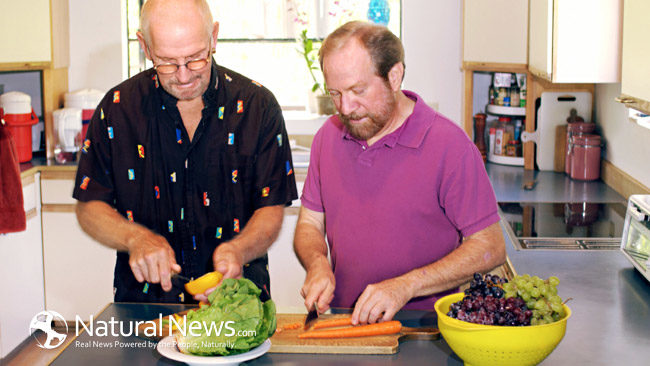Raw foods are a popular diet choice for people who are conscious about their health as well as their environment. If you’ve been considering this vegan approach but aren’t quite ready to go 100% raw, you might want to try eating high raw instead.
This variation to the raw diet will still allow you to make healthier and more sustainable dietary choices, but do it without having to immediately cut out all the foods you are used to either, which can be hard to handle for many. And while some people use high raw vegan diets as a way to transition to eating fully raw, for others it’s simply a diet of choice, letting them stick to the combination of mostly raw foods with a few cooked meals in between.
What Is a High Raw Diet?
While there is no clear definition of the high raw approach as such, most people practicing it agree that you are eating high raw if your diet consists of at least 75% raw foods, or higher in many cases, but it is not entirely raw. Some people will choose to have one meal a day that’s cooked, some will only eat cooked foods a couple of times a week, and others will have a quarter of each meal that is cooked yet still vegan, while the rest of it consists of purely raw foods.
Video: What a High Raw Meal Looks Like
This video by the Family of Light demonstrates a typical high raw meal.
Subscribe to get more videos like this (opens in new window)
The Benefits
Opting for an organic, high raw diet has a lot of the same benefits as eating 100% raw. Raw foods will help boost your metabolism and your overall health, prevent diseases, increase your energy levels and help you get better sleep at night, among many other benefits. For many foods, cooking strips them of some (or most in many cases) of the valuable nutrients.
It is argued that because there are so few nutrients left in such foods, your body does not feel satiated, requiring more nutrition and causing you to overeat. Raw foods do a much better job at controlling your appetite. Your body also spends a lot less energy on digesting raw meals – on average 20 minutes to 4 hours, depending on the combination of foods you have eaten. In comparison, cooked foods can take up to four days to fully digest, using up a lot of our valuable energy, although this if often when consuming meat and other animal products.
Going 100% raw can put people into a difficult detox causing them to abandon the healthy diet altogether in a lot of cases. Having some cooked foods can slow the detox. For some, the little bit of cooked food keeps them feeling balanced or in some case keeps them from getting too cold during the cooler seasons.
How to Eat High Raw
You can start with whatever approach and proportion of raw to cooked you are comfortable with, and try to increase the raw part of your diet over time. It is also a good idea to start your meal with raw foods, even if you have a cooked dish you are planning to eat as well. This approach will make it easier on your stomach, plus you are less likely to even want to eat the cooked foods by the time you are done with the raw part of your meal.
Sources for this article include:





